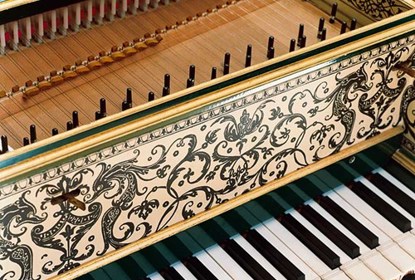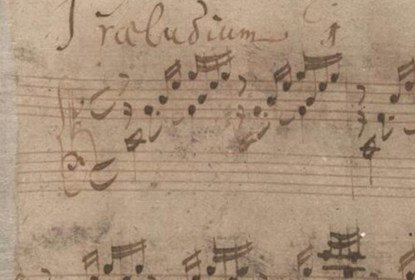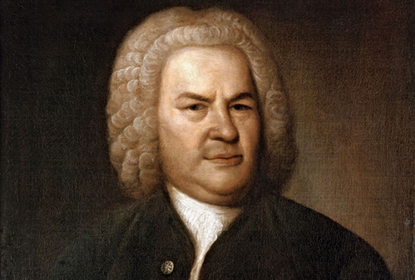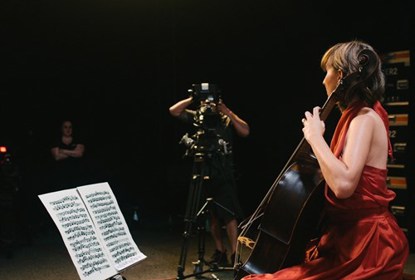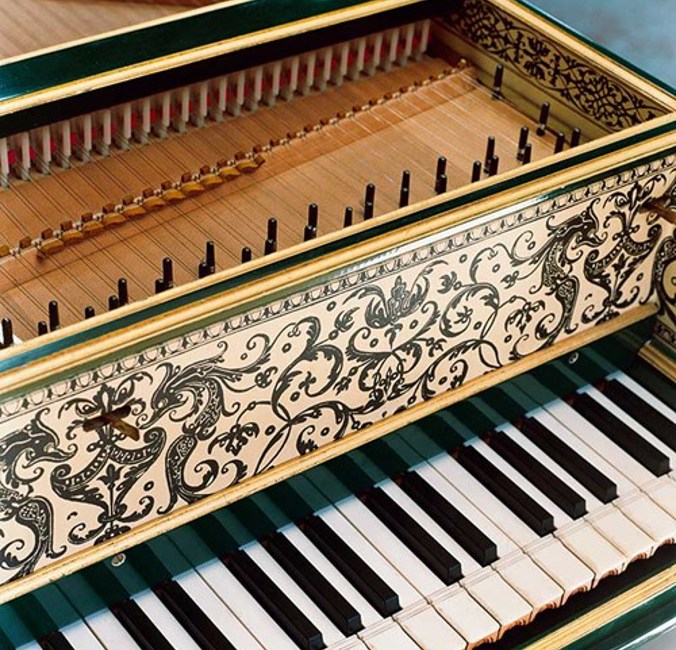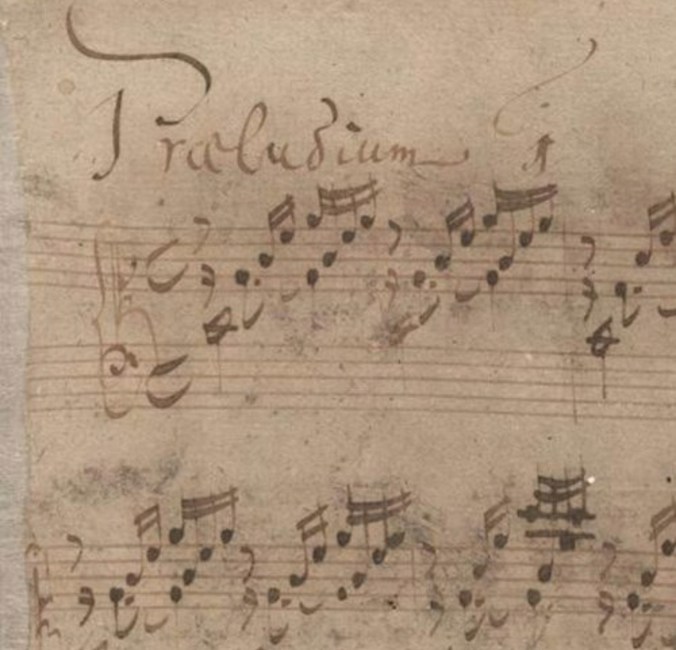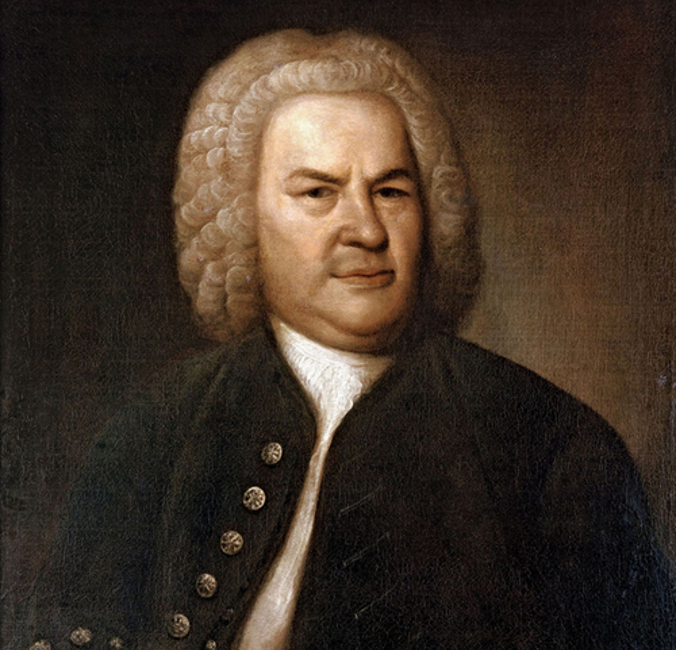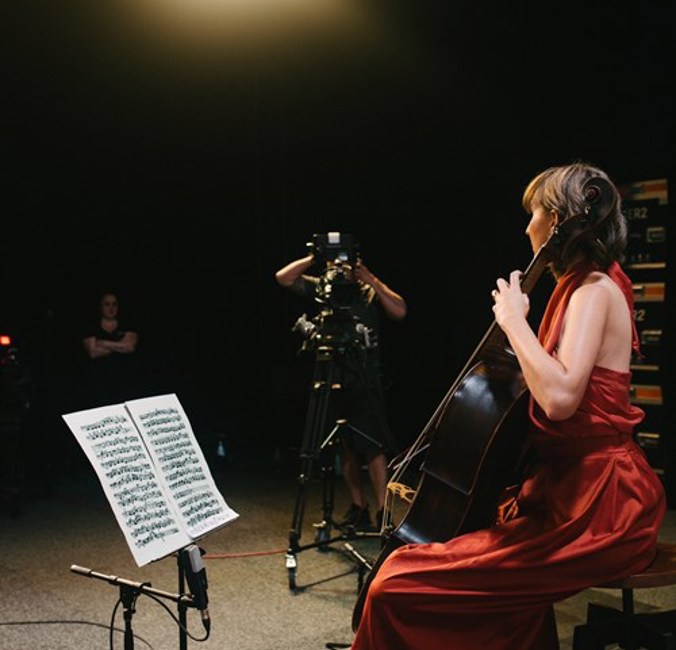Bach Series
Paul Dyer Harpsichord
BACH Nº 1
Paul Dyer performs the Prelude No. 1 in C major & Improvisation, BWV 846 from JS Bach's The Well‑Tempered Clavier, Book 1
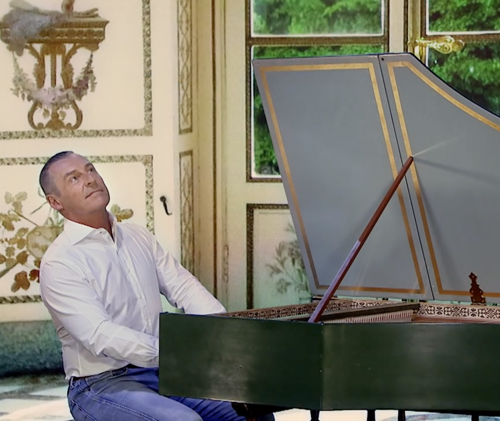
PROGRAM NOTES
Johann Sebastian Bach (1685-1750)
THE WELL-TEMPERED CLAVIER, BOOK 1
PRELUDE NO. 1 IN C MAJOR, BWV 846
In the nineteenth century, only a small number of music lovers, mostly in Germany, knew anything of JS Bach and his musical works. The 1829 performance of St Matthew Passion in Berlin, organised and directed by Felix Mendelssohn, began the slow Bach revival.
Throughout Bach’s life his reputation as an extraordinary keyboard player dominated any renown as a composer and teacher. After many decades of intense research and study of his music, Bach is now considered one of the most genius composers of all time, if not the greatest. It would be interesting to know if certain opinions held by Bach’s contemporaries and other influential people, such as Frederick the Great, may have differed in this light.
Even before the last years of his life, JS Bach was regarded as an outdated musician. On his visit to Frederick’s court in Potsdam in 1747 he was referred to as the 'Old Bach', with old meaning both elderly, and severely out of fashion. Nevertheless, his keyboard works, and The Well-Tempered Clavier in particular, survived him and were closely studied and highly regarded by composers like Haydn, Mozart, Beethoven, Chopin and many more.
Both volumes of The Well-Tempered Clavier (WTC) consist of 24 preludes paired with 24 fugues. They are arranged in chromatic order starting with C major, then progress through each subsequent key: C minor, C-sharp major, C-sharp minor and so on. The first volume was composed in 1722 "for the profit and use of musical youth desirous of learning, and especially for the pastime of those already skilled in this study", with the second volume following some 20 years later.
WHAT TO LISTEN FOR
Immediately recognisable, this opening prelude from the first volume of the WTC exists in several earlier versions: it first appeared in 1720 in the Notebook for Wilhelm Friedemann Bach, compiled by JS Bach for his 9-year-old son, and the prelude was also copied by Bach’s second wife Anna Magdalena in her 1725 Notebook.
Although devoid of any melodic line and constructed from repetitions of the same simple motif – an arpeggiated chord – Bach exploits unexpected harmonic turns to produce a masterful underlying voice-leading that is not as regular as one might anticipate. This may explain why the prelude also served as the basis for the famous Ave Maria by Charles Gounod which he arranged in 1853.
Gounod’s simple melody, largely consisting of long held notes, comfortably sits above Bach’s arpeggiated material. The listener is transported, bar after bar, phrase after phrase without any jarring dissonances, awkward leaps, or jaggedness. Each new phrase feels as if it follows a logical harmonic progression. Interestingly, only one extra bar of ‘accompaniment’ was added by Gounod while creating his arrangement, a true testament to Bach’s masterful control of harmony and counterpoint.
Program Notes: Joanna Butler & Hugh Ronzani, 2020
BACH SERIES PRESENTING PARTNER
Artists
Listen
{% error.message %}
More for you...
{% series.name %}
Featured Content
{% series.featuredTitle %}







